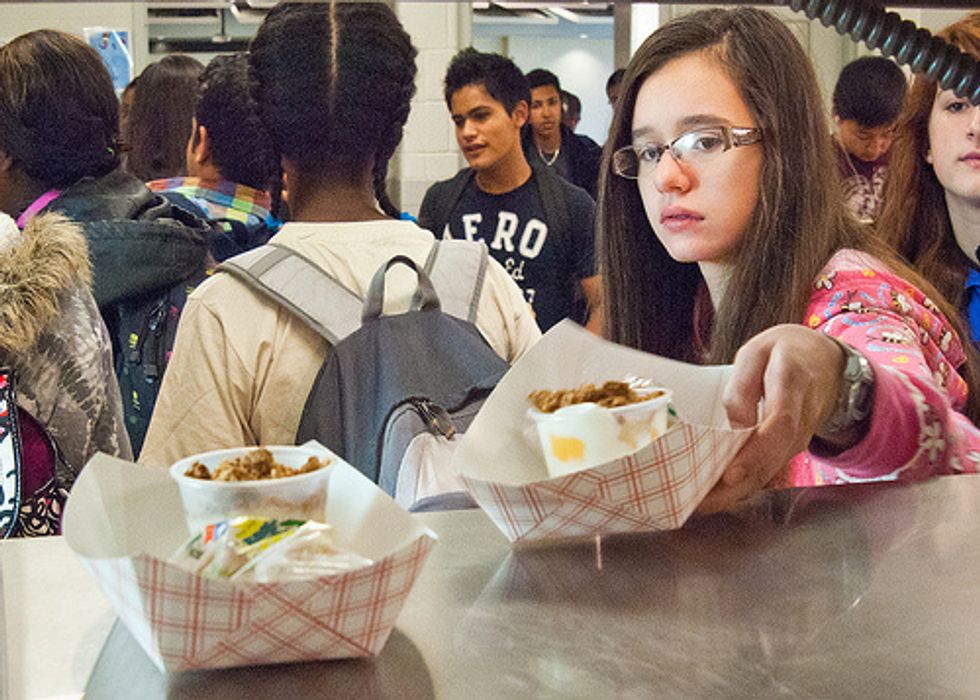
A new report released Tuesday by the Center on Budget and Policy Priorities reveals an alarming trend of concentrated poverty in schools across the nation.
Using data collected through U.S. schools’ community eligibility program — a school lunch and breakfast initiative that provides students free meals if they attend schools in high-poverty areas — CBPP finds that over 3,000 school districts meet the requirements necessary for eligibility in the program. To put it more simply: Over 3,000 school districts encompass areas of concentrated high poverty.
Most disturbing is that over 28,000 schools throughout the nation meet these requirements, too. As CBPP’s Robert Greenstein reports, at least 60 percent of students in more than 8,000 of those qualifying schools are labeled as “Identified Students,” or low-income students that receive help through federal safety-net programs like the Supplemental Nutritional Assistance Program (SNAP), or “are considered at risk of hunger,” possibly because they are homeless or poverty-ridden.
As demonstrated in the chart above, in another 6,000 schools across 44 states, 50 to 60 percent of students are Identified Students.
As Greenstein notes, “this means that in more than 14,000 schools” — over “1 in 10 schools nationwide” — a “majority of the students receive SNAP or are homeless, migrant, or otherwise vulnerable.”
Unfortunately, the numbers get worse: For every 10 Identified Students, the CBPP finds that six additional students come from families that qualify for either reduced-price or free school meals, which suggests that they, too, are economically vulnerable.
The data also serve to reinforce the significance of community eligibility programs. Considering that “nearly 16 million American children live in households that struggle against hunger,” offering free breakfast and lunch in over 28,000 U.S. schools is especially important and has much deeper implications for students. Research has long shown that students who face food insecurity are less likely to succeed in school, because they tend to miss more days, not focus in class, and struggle with behavioral and academic difficulties. While the community eligibility program is certainly not a remedy for widespread poverty, it is a positive treatment for a particular population affected by this already existing economic instability; the community eligibility program can help students who often fall through the cracks because of economic insecurity and deprivation.
Photo: USDAGov via Flickr
Chart via Center on Budget and Policy Priorities
Interested in economic news? Sign up for our daily email newsletter!









